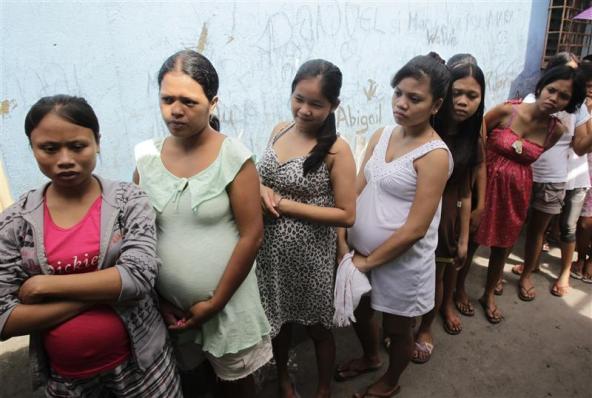
Health Secretary Francisco Duque has said the government still had “a lot of work to do” in tackling teen pregnancy, despite falling numbers.
“While there is a downward trend in the rate of adolescent or teenage pregnancy, it should not be missed that the rate in the country is twice as high compared to the rates in Southeast Asia. Thus, we have a lot of work to do,” Duque said in a speech at the Kapit Kamay Summit in Pasay City yesterday (Thursday, August 23).
The summit aimed to discuss and forge a multi-stakeholder solution — from the sectors of education, health, development, child protection, media and technology, and the community — to address teen pregnancy.
Duque cited the results of the 2017 National Demographic and Health Survey, which showed the prevalence of adolescent birth rate had gone down to 47 out of 1,000 females aged 15 to 19, from a high of 87 out 1,000 in May 2013.
The number of women aged 15 years to 19 years who have begun child bearing has slightly decreased by 10 per cent in 2013 to nine per cent, he said.
Apart from social implications, Duque said early pregnancy posed greater risks of complications to both mother and child compared to “delayed” pregnancy.
“There is preterm delivery where a child is born in less than the normal 37 weeks. It also results in low birth weight, which affects the health of the child before it could even lead to death, and children born to adolescent moms are more likely to die compared to children of older mothers,” he said.
Quoting a 2015 data from the World Health Organization, Duque reported that maternal conditions rank first in all the common causes of death among females aged 15 years to 19 years.
To address early pregnancy, the DOH established an adolescent development program aimed at ensuring the health and wellbeing of all adolescents.
“It provides interventions to reduce occurrence of teenage pregnancies, including health promotion and advocacy campaigns through quad media, establishment of adolescent health care facilities, and capacity building for program managers and front-line health workers to be equipped in providing adolescent-friendly health services,” Duque said.
The program also includes continuous conduct of research to ensure a multi-sectoral approach in solving the problem.
Follow our Facebook page for daily news updates
